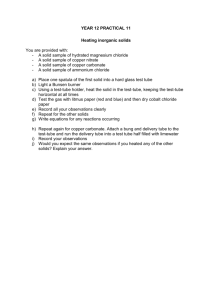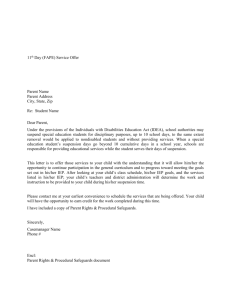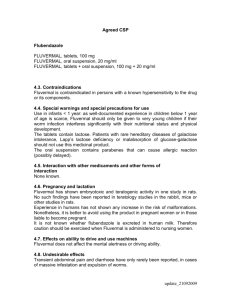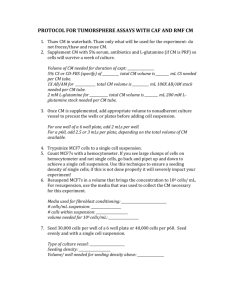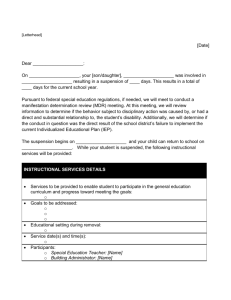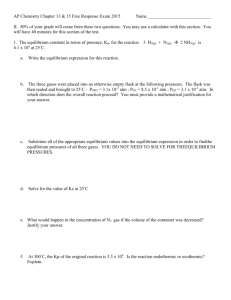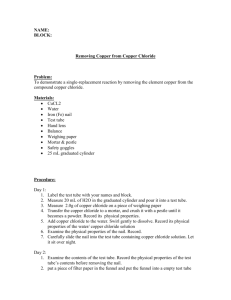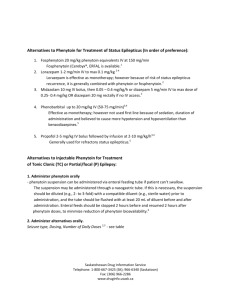Soluble and insoluble substances
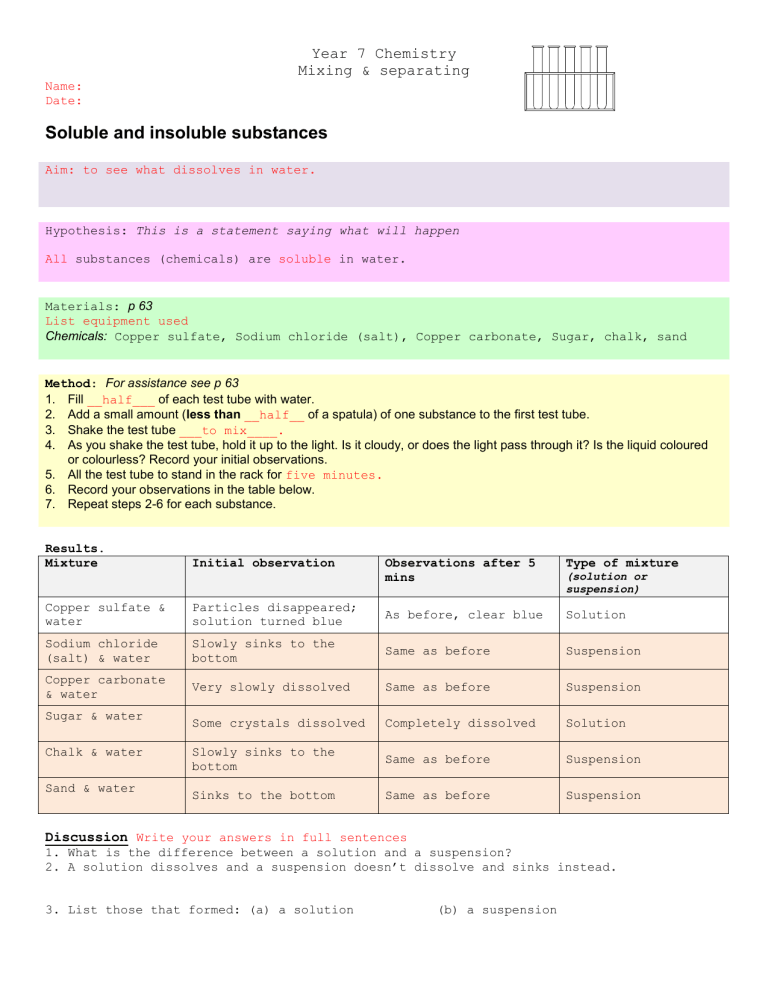
Year 7 Chemistry
Mixing & separating
Name:
Date:
Soluble and insoluble substances
Aim: to see what dissolves in water.
Hypothesis: This is a statement saying what will happen
All substances (chemicals) are soluble in water.
Materials: p 63
List equipment used
Chemicals: Copper sulfate, Sodium chloride (salt), Copper carbonate, Sugar, chalk, sand
Method : For assistance see p 63
1. Fill __half___ of each test tube with water.
2. Add a small amount ( less than __half__ of a spatula) of one substance to the first test tube.
3. Shake the test tube ___to mix____.
4. As you shake the test tube, hold it up to the light. Is it cloudy, or does the light pass through it? Is the liquid coloured or colourless? Record your initial observations.
5. All the test tube to stand in the rack for five minutes.
6. Record your observations in the table below.
7. Repeat steps 2-6 for each substance.
Results.
Mixture Initial observation Observations after 5 mins
Type of mixture
(solution or suspension)
Copper sulfate & water
Particles disappeared; solution turned blue
As before, clear blue Solution
Slowly sinks to the bottom
Same as before Suspension
Sodium chloride
(salt) & water
Copper carbonate
& water
Sugar & water
Very slowly dissolved Same as before Suspension
Some crystals dissolved Completely dissolved Solution
Chalk & water Slowly sinks to the bottom
Same as before Suspension
Sand & water
Sinks to the bottom Same as before Suspension
Discussion
Write your answers in full sentences
1.
What is the difference between a solution and a suspension?
2.
A solution dissolves and a suspension doesn’t dissolve and sinks instead.
3.
List those that formed: (a) a solution (b) a suspension
Year 7 Chemistry
Mixing & separating
Solutions: sugar and water, Copper sulfate & water
Suspensions: Sodium chloride (salt) & water, Copper carbonate & water,
Chalk & water, sand and water.
4.
Did you think you would get different results if you used more or less water in each case? Explain your answer
Conclusion: My hypothesis was/was not supported because...
